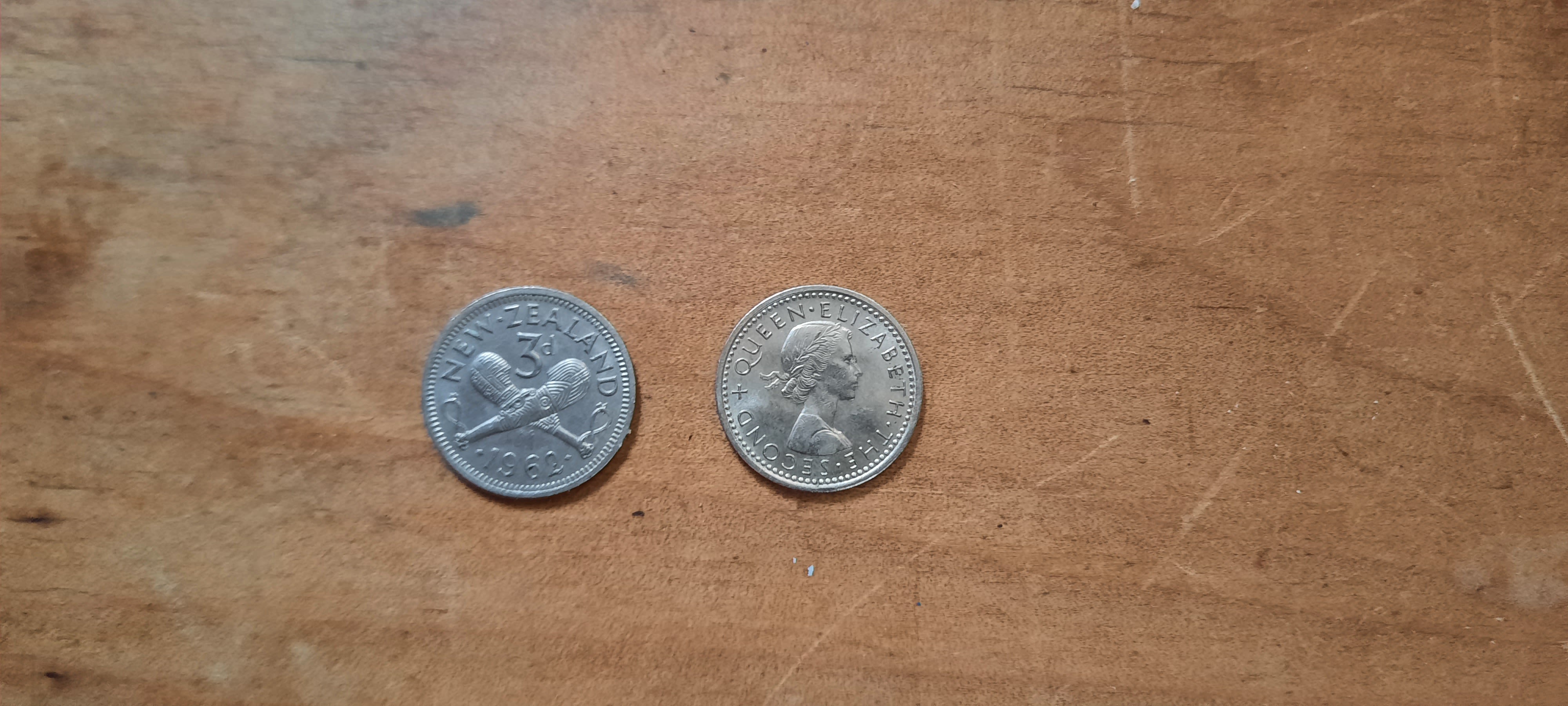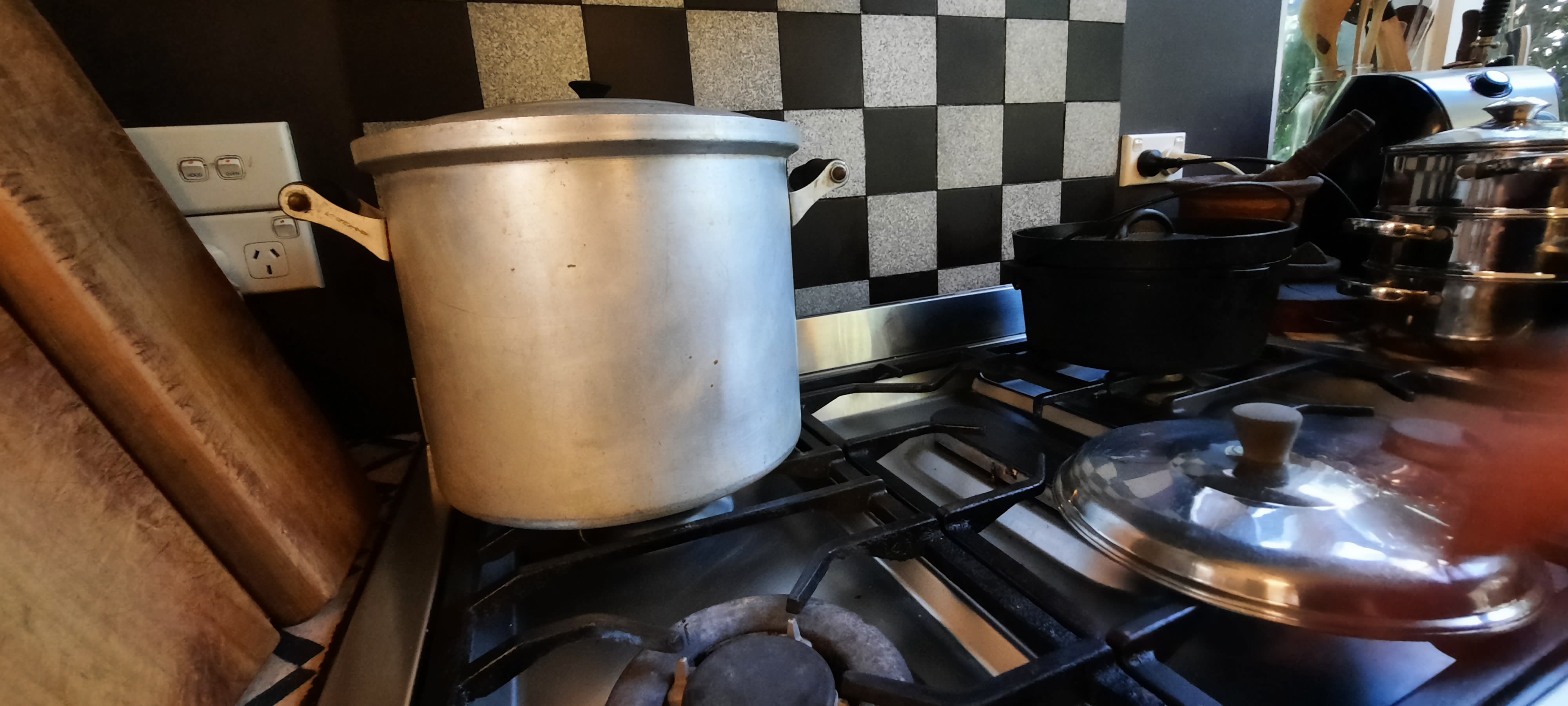The Auckland Gas Company Christmas Pudding
The layers of history within a (not so) secret family recipe.
By Paul Veart | Web and Digital Advisor
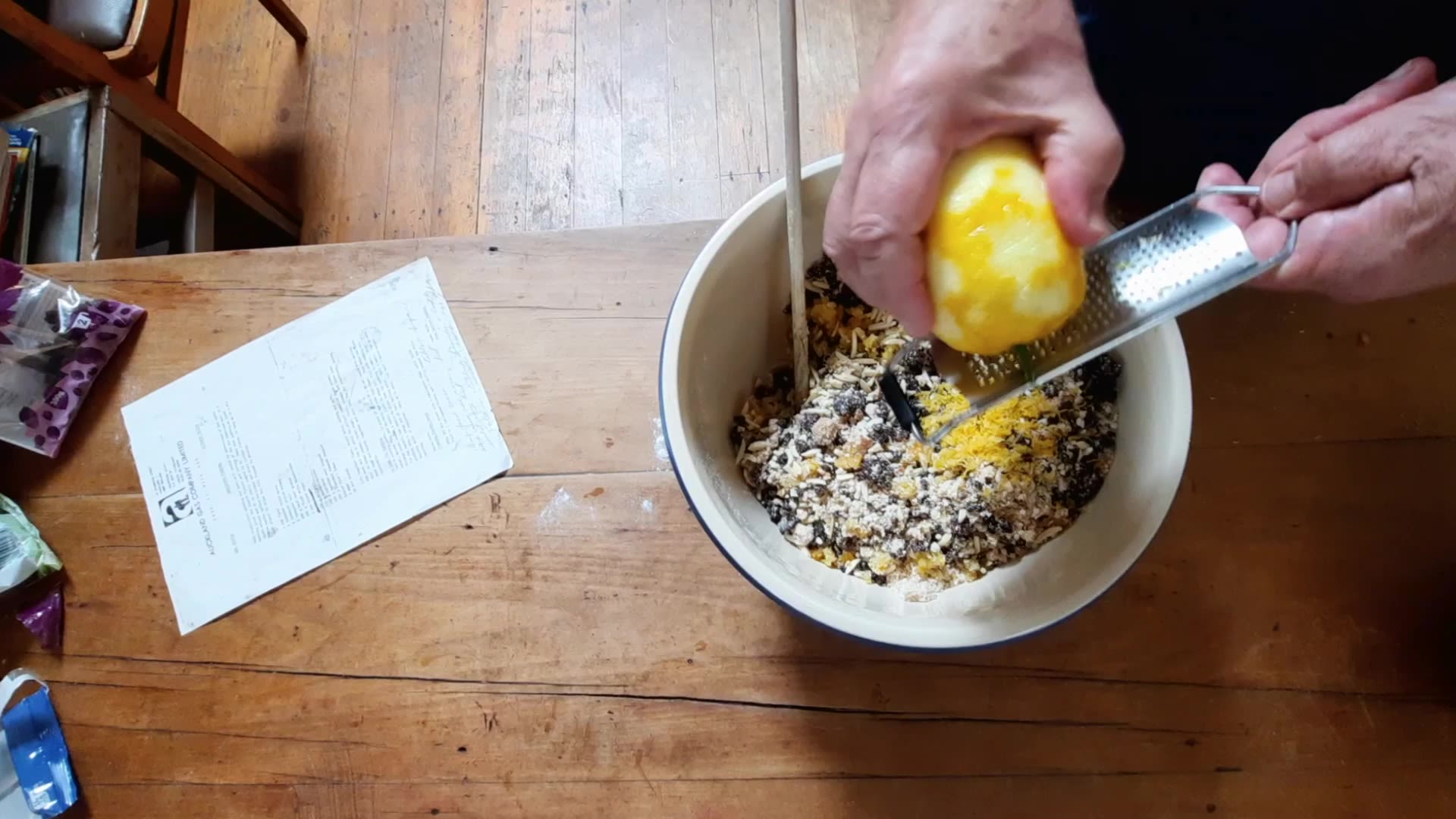
Family recipes
Of all heirlooms, one of the most celebrated – and contested – is the family recipe.
You know them when you see them: ingredients written on food-encrusted paper, additions crowding out the margins. Some family recipes aren’t written down at all, passed between generations through word-of-mouth alone.
There are several of these recipes in my family, with most of their origins lost to time. But for one, the source is clear. It’s in the name:
The Auckland Gas Company Christmas Pudding.
With its splashes, stains and handwritten notes, this recipe reveals a lot about the family: not just a love of food – and foaming brandy sauce – but also a connection to the gas industry.
But a recipe’s revelatory powers aren’t limited to family: they can also highlight the world in which they’ve been created, often over several centuries. So, what historic events contributed to the Auckland Gas Company Christmas Pudding?
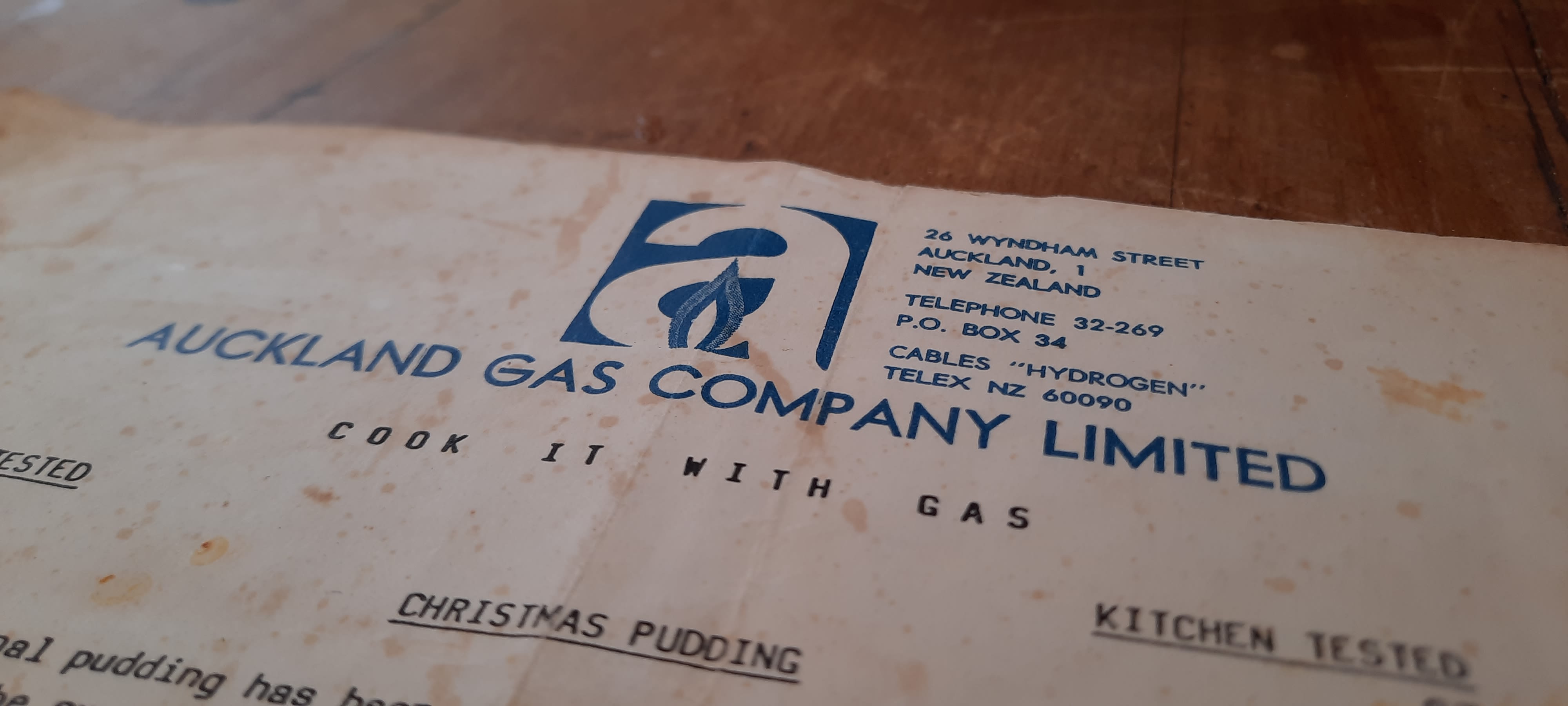
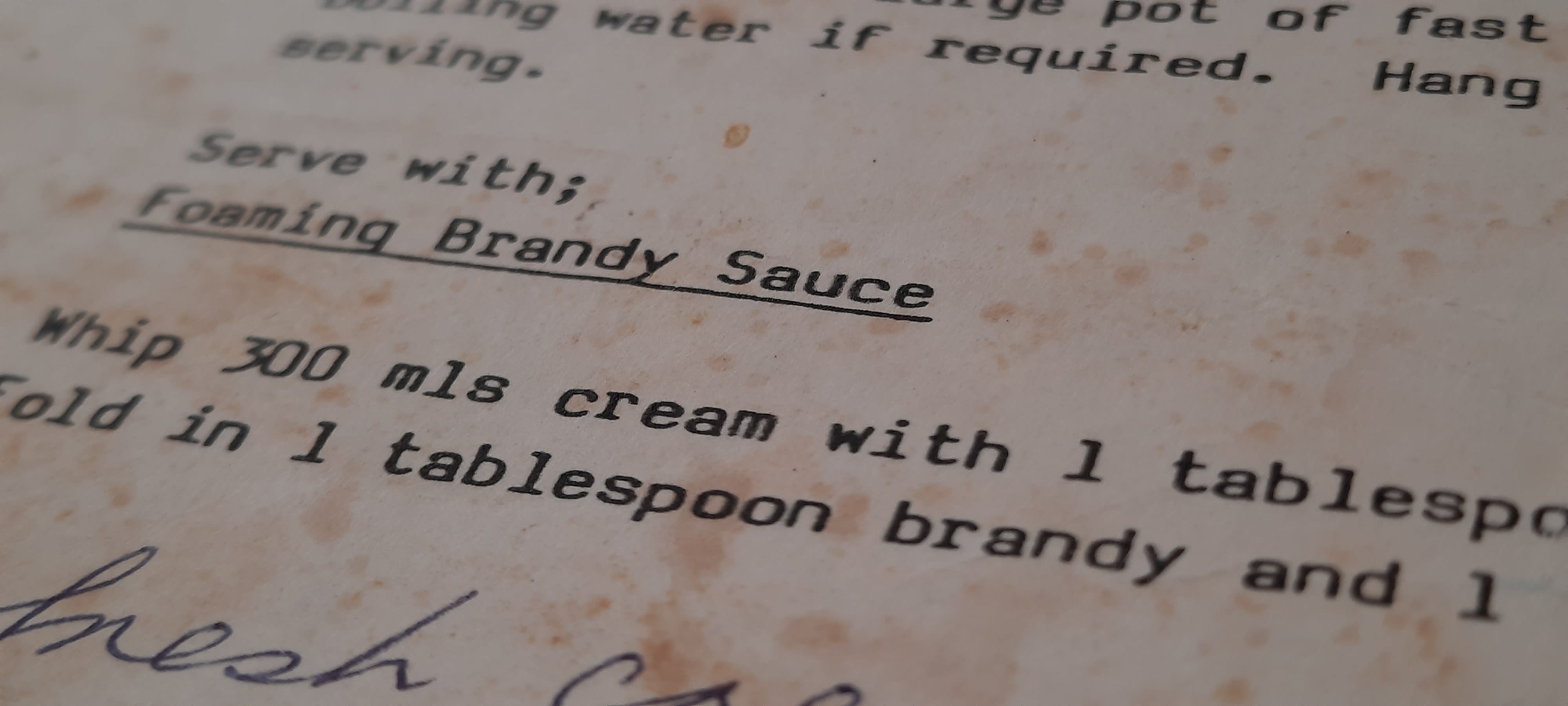
The origins of the recipe
One of the charms of family recipes is often the handwriting – flowing cursive script, hasty scrawl or barely decipherable shorthand. However, as promotional material designed for customers, the Auckland Gas Company Christmas Pudding recipe is a typed document, complete with logo, masthead and motto:
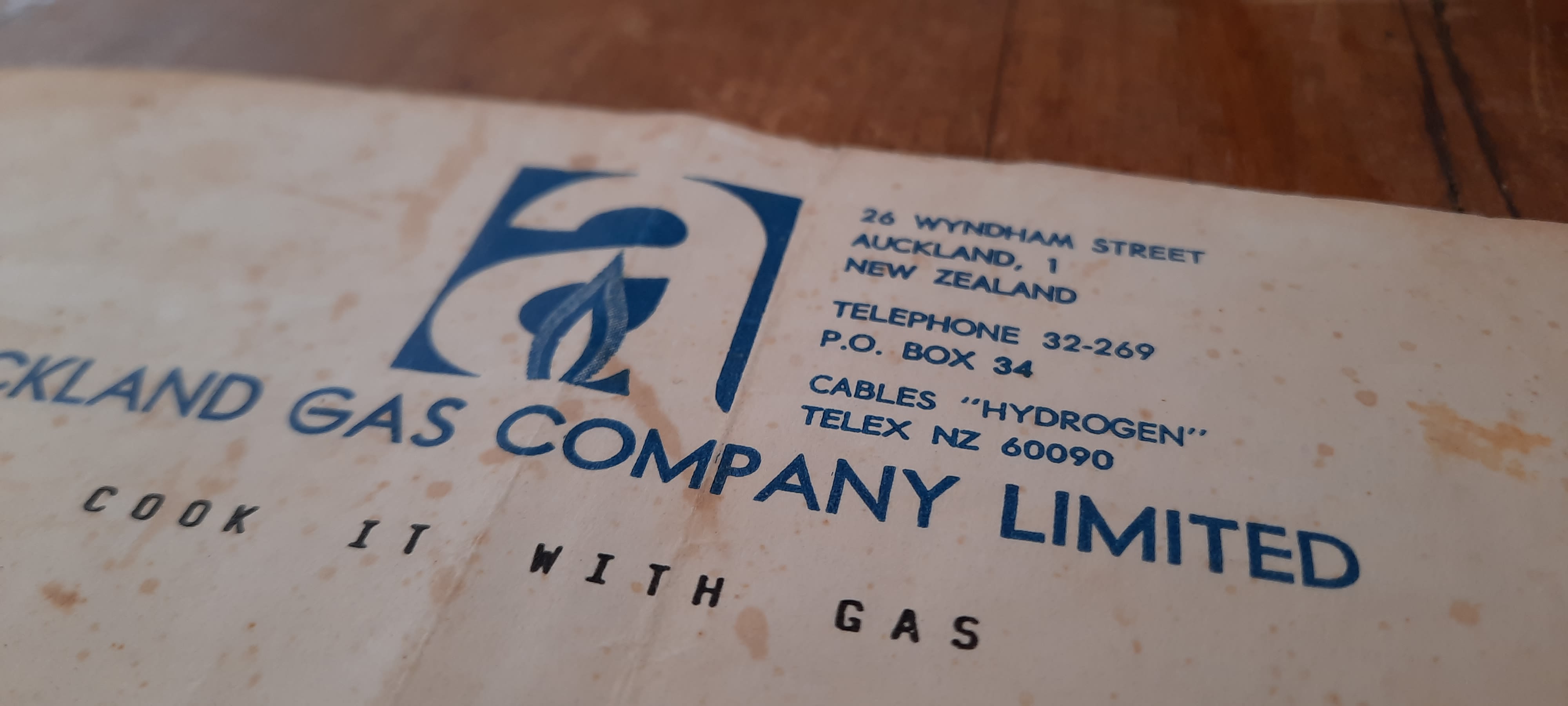
Like many extractive industries, gas companies radically reshaped New Zealand's landscape in the late nineteenth century. Coal mines peeled back the earth; gasholders sprouted at the edge of urban centres; workshops clustered on reclaimed land.
The companies also contributed to the construction of several suburbs, building hundreds of houses for their workers. Many families relied on the Auckland Gas Company for not only employment, but also a home.
While most of New Zealand's gasholders have been dismantled, the Auckland Gas Company’s former offices can still be seen on Beaumont Street. It was in these offices that the recipe was conceived of – probably as part of a Christmas advertising campaign.
New Zealand Heritage List/Rārangi Kōrero:
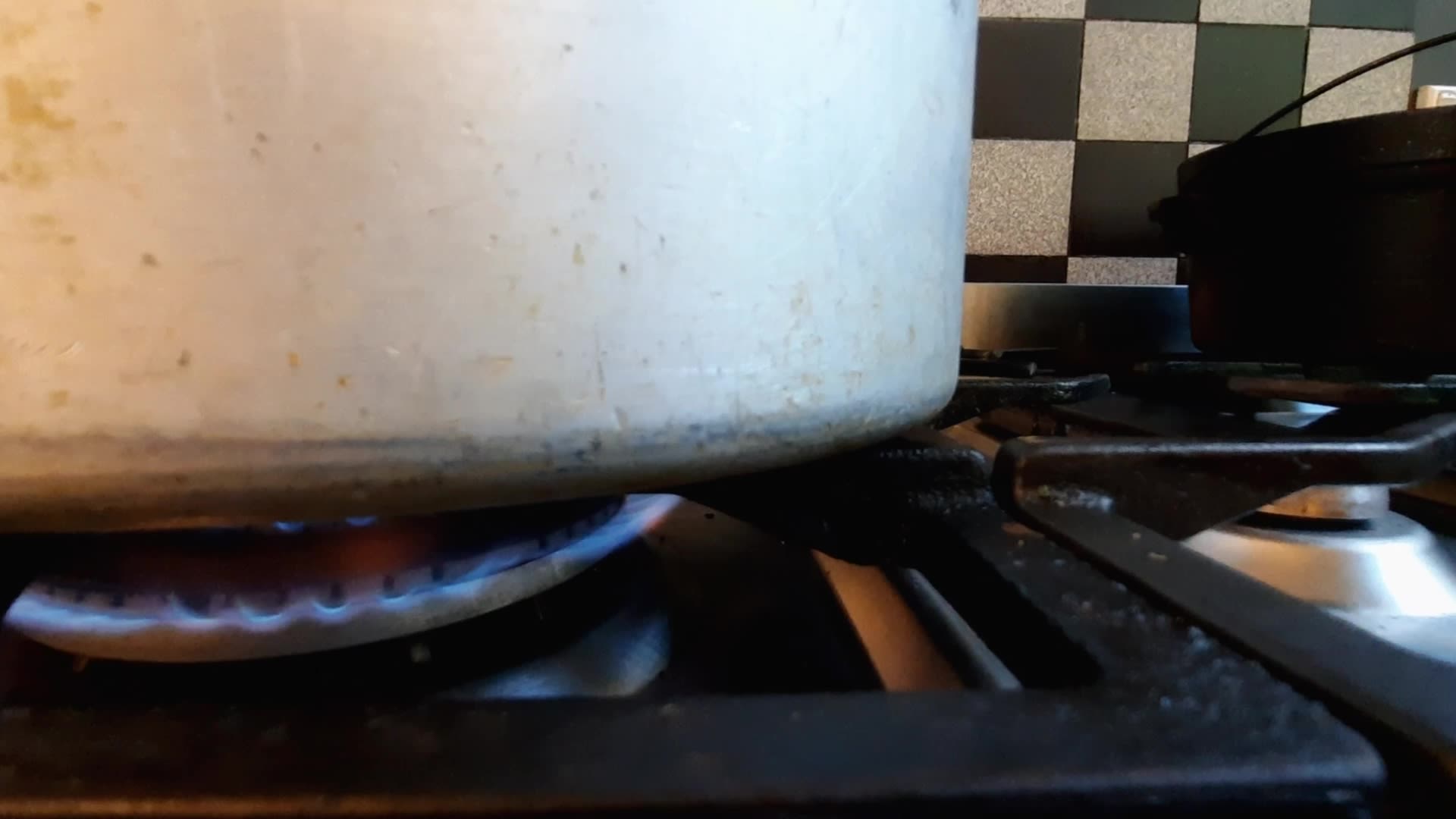
The ingredients
We’ve all been there: that mid-cook moment when you realise you’re short a key ingredient. After a brief panic you might run to the dairy, or drive to the supermarket, or if you’re lucky you can pop next door and get the missing item from a neighbour. But if you were living in Aotearoa in the nineteenth century, sourcing supplies for a Christmas pudding could be a bit more complicated.
Fruit
A review of Auckland newspapers from 1843 reveals that many residents had to wait until just three days before Christmas before they could purchase ingredients such as pudding raisins, currants and almonds. The foodstuffs were part of a shipment on the City of Sydney, which was also carrying herring paste, liquorice and “a superb lot of English cheese”.
Flour
If you were on the hunt for flour in the mid-nineteenth century, there was a good chance you’d source it from the Waikato. From the 1840s, hapū and iwi put significant investment into exporting produce to Auckland, Australia, California and elsewhere. To visit Waikato in the 1850s was to find yourself surrounded by thousands of acres of agriculture:
“For miles we saw one great wheat field... Carts were driven to and from the mill by their native owners; the women sat under the trees sewing flour bags; fat, healthy children and babies swarmed around… We little dreamed that in ten years the peaceful industry of the whole district would cease and the land become a desert through war.”—Mary Martin (1852)
Sugar
One detail you've probably noticed with Christmas puddings is their lack of sweetness compared to contemporary desserts. However, the Auckland Gas Company recipe does call for brown sugar – half a cup of it. If you were buying that sugar in the late 1800s, it was probably processed at the Chelsea Sugar Refinery.
The sugar was often sourced from Fiji and harvested by Girmitiyas – people transported from colonial India to Fiji by the British to work as indentured labourers. The indenture system arose not long after the abolition of slavery in the British Empire and saw the transportation of over 60,000 people to Fiji by 1916.
New Zealand Heritage List/Rārangi Kōrero:
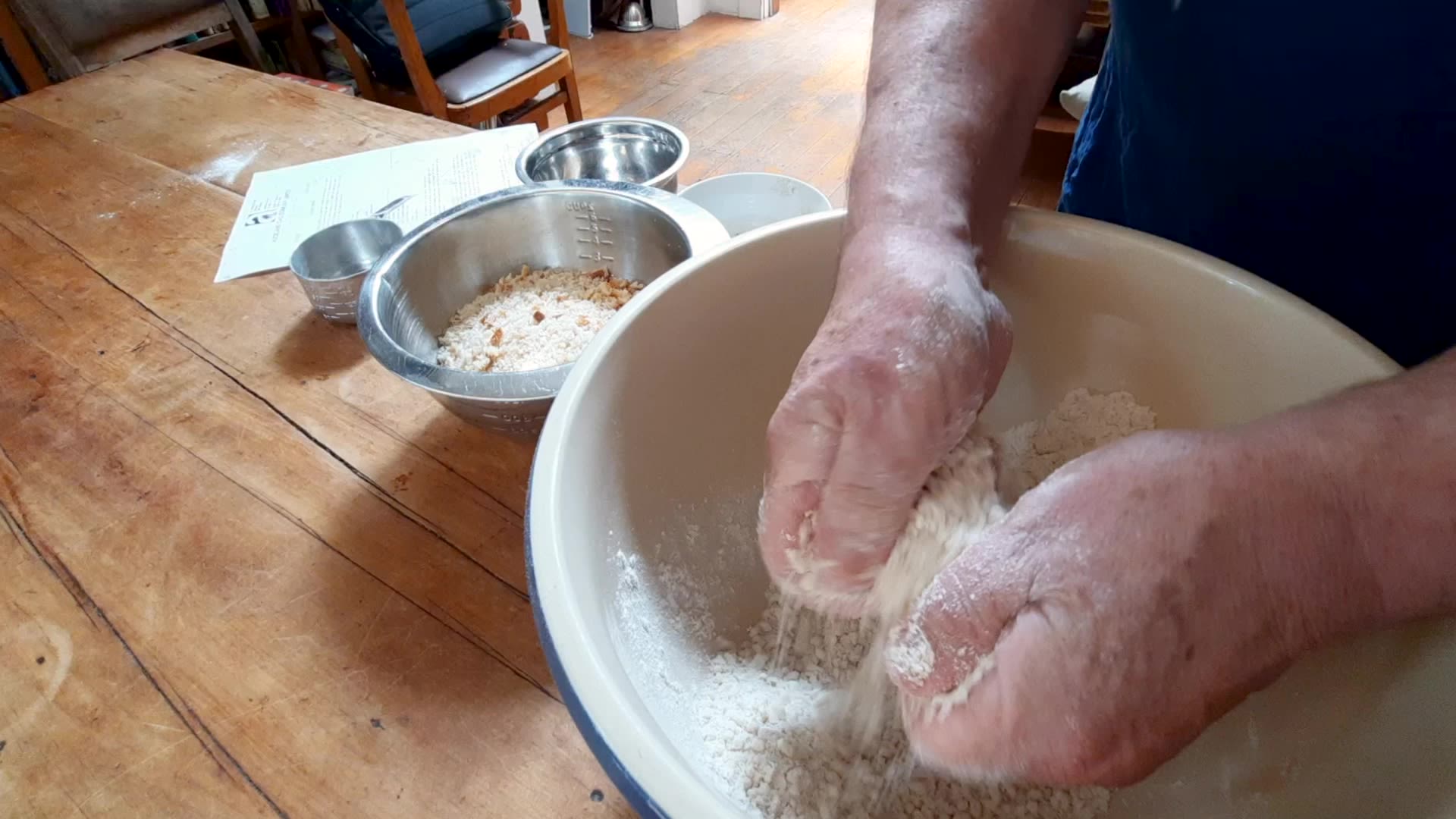
The cooking process
Despite its detractors, the microwave has a lot of things going for it. It’s quick; it’s compact; it has a hint of space age utopia. But for all of these benefits, it does have a certain unpredictability. Why does one part of the meal burn and another stay frozen? Why does the resulting food have a texture that’s a bit… weird?
But this instability is just a hint of what cooks have had to deal with for most of human history. Without the benefits of electricity or gas, predictable, controlled cooking methods – especially for meals that require long cook times – have been limited.
That’s where boiling and steaming come in. Immersion in boiling water – or in a hāngi or umu – allows for a predictable temperature, even if you’re cooking for several hours. When the Auckland Gas Company Christmas Pudding recipe was published, boiling as a preferred cooking method was in its twilight as most households had electric or gas stoves.
Find out more about nineteenth century cooking conditions at the many properties cared for by Heritage New Zealand Pouhere Taonga.
Visit Heritage:

The recipe (transcription)
This traditional pudding has been well tested by generations of Gas cooks. Nothing gives the superb flavour and texture of the old fashioned boil in a cloth method and it is really simple to do. Make your pudding at least three months before Christmas and store (either freeze, or hang up in a dry cool place) to allow the full flavour to develop.
- 1 cup flour
- 1 teaspoon mixed spice
- 1/2 teaspoon grated nutmeg
- 1/2 teaspoon salt
- 200 g beef suet grated
- 200 g fresh white breadcrumbs
- 1/2 cup brown sugar
- 250 g sultanas
- 250 g seeded raisins
- 250 g currents
- 100 g candied peel chopped
- 100 g blanched almonds chopped
- Grated rind 1 lemon
- 6 eggs
- 50 mls brandy
- Sift together flour, mixed spice, nutmeg and salt.
- Add suet and rub in until the mixture resembles bread crumbs.
- Stir in bread crumbs, brown sugar, fruit, almonds and lemon rind.
- Beat eggs and brandy together and stir into the dry ingredients, mixing thoroughly.
To Cook The Pudding
Take a pudding cloth, (a piece of calico 80 x 80 cm) scald with boiling water, spread flat and sprinkle one side with flour. This seals the cloth.
Arrange cloth inside a basin, (just to shape it), fill with pudding mix. Tie top securely but loosely to allow room for pudding to swell.
Drop pudding into a large pot of fast boiling water. Boil 6 hours. Top up with boiling water if required.
Hang up to cool. Let boil 3 hours before serving.
Serve with:
Foaming Brandy Sauce
Whip 300 mls cream with 1 tablespoon sugar until thick. Fold in 1 tablespoon brandy and 1 stiffly beated egg white.
